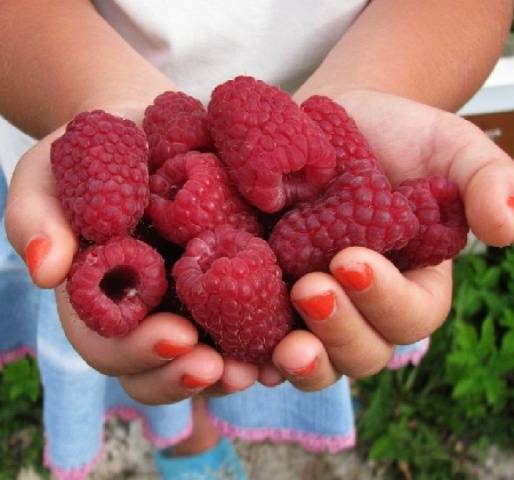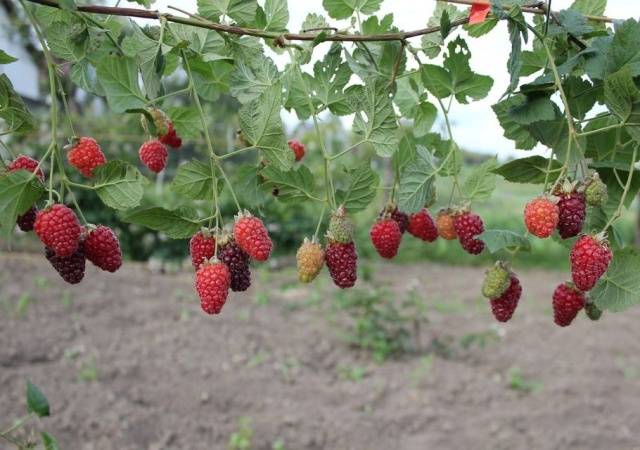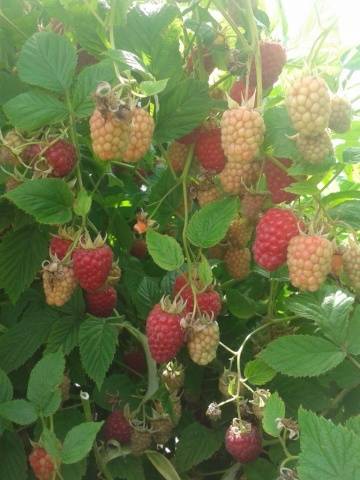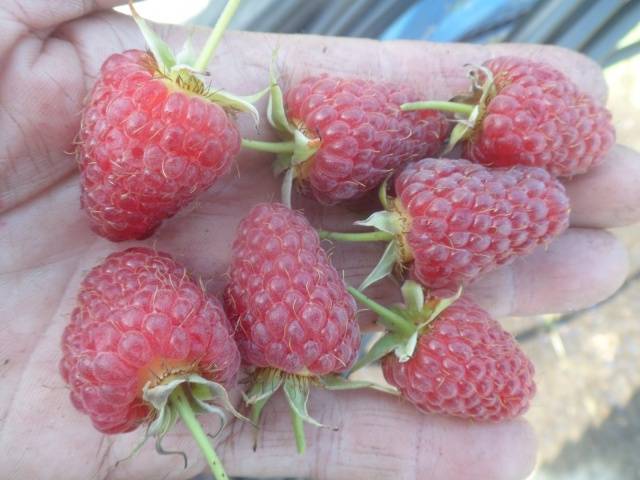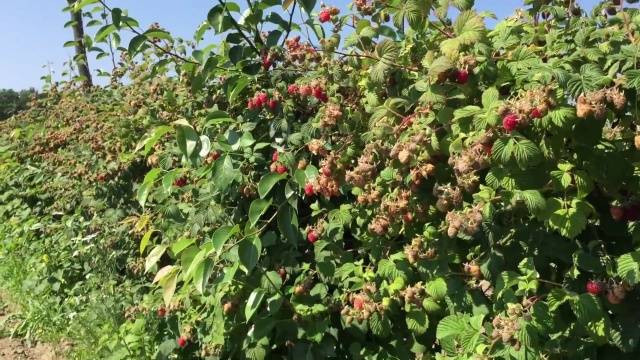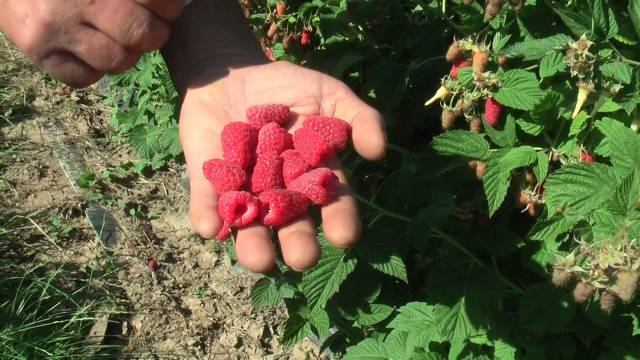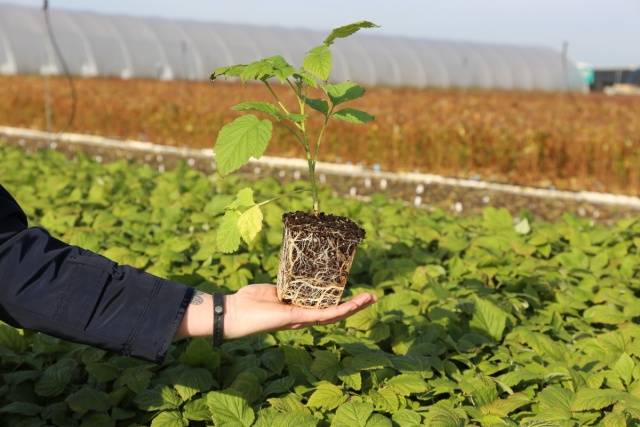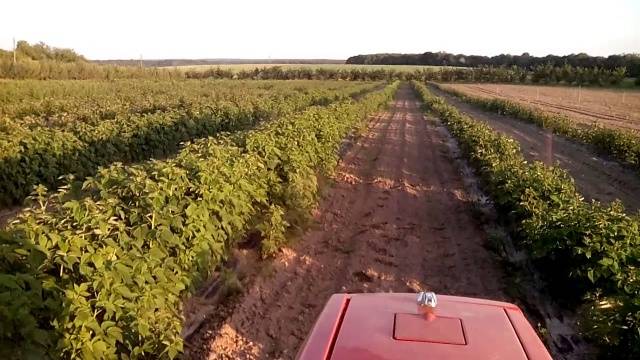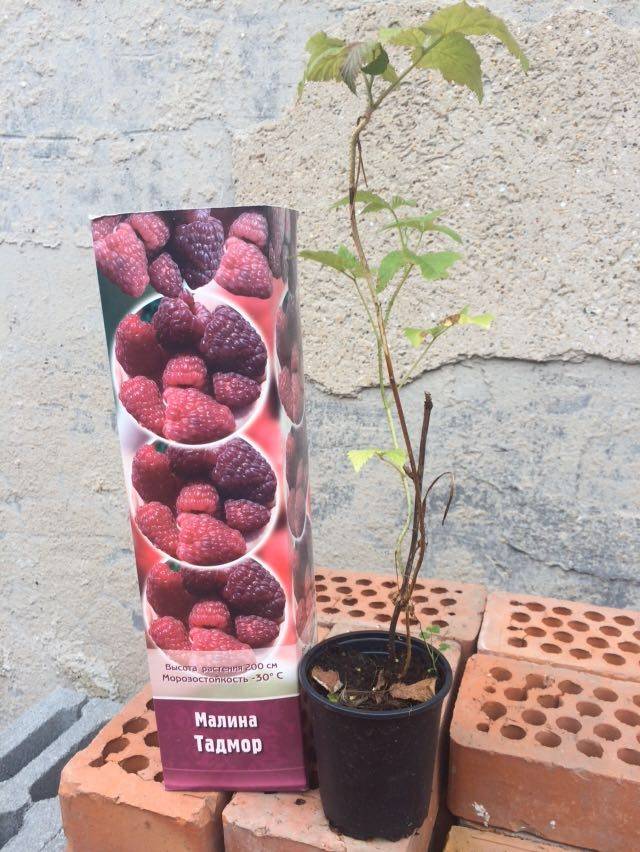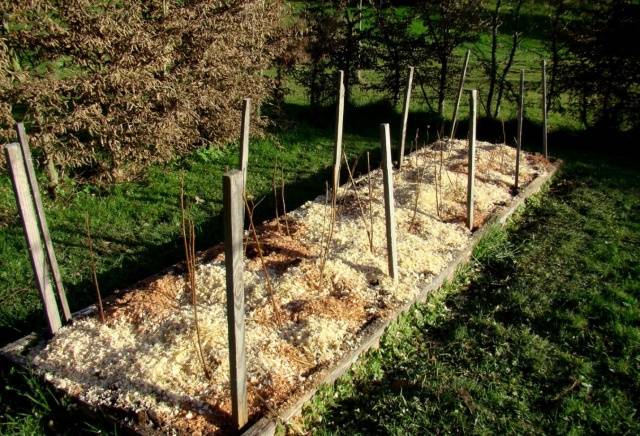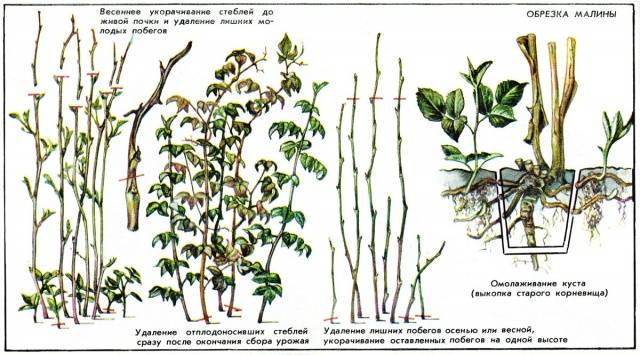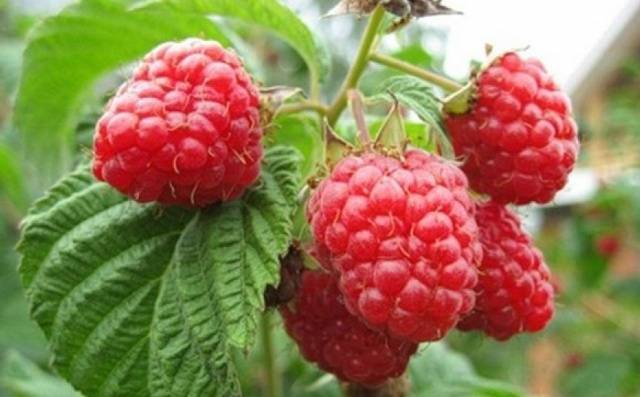Content
The most valuable qualities of raspberries are considered to be the taste of berries, their size and quantity. Today, there are a lot of imported varieties and hybrids on sale that meet all of the above requirements. One of the newest developments of foreign breeders has become raspberries Tadmor. In addition to its excellent taste and strong berry aroma, the variety can also boast of the fact that its fruits are very large, even gigantic. This is not to say that Tadmor raspberries are a good option for beginners or inexperienced gardeners. This hybrid is more likely to suit connoisseurs of elite types of berries and, of course, farmers who grow raspberries for sale.
A detailed description of the newest variety of raspberries Tadmor with photos and reviews of domestic farmers is in this article. Here we will talk about the strong qualities of the variety and some of its disadvantages. In addition, those who first encounter a large-fruited foreign hybrid will find below brief recommendations for growing such crops.
Description of the hybrid
Work on the development of a new variety of raspberries in New Zealand began in 1990. Breeders from the Institute of Horticulture and Food Research crossed two technical hybrids, Orus 576-47 (parent-seed) and 86105N4.4 (parent-pollen).
Later, the Tadmor variety was tested in the UK, after which it was recognized as a strong player in the European raspberry variety market. The researchers highly appreciated the combination of late ripening of the fruit and the delicious taste of the berries. Tadmor is also distinguished by its excellent ability to take root in different climatic conditions, which makes the variety versatile and unpretentious.
The copyright holder gives the following description of the Tadmor raspberry variety:
- fruiting in raspberries is later - the berries ripen only in the third decade of August (according to research data, Tadmor bears fruit later than the latest popular varieties);
- berries ripen on the shoots of the last year (fruiting on two-year-old shoots makes it possible to classify the variety as a so-called summer species);
- Tadmor's shoots are long, can grow up to 230 cm, their thickness is average;
- annual shoots of an anthocyanin shade, there are few thorns on them, they are soft and mild;
- biennial branches are colored red-brown, their hissing is weak, thorns are short and few;
- this raspberry gives a lot of replacement shoots, so there are no difficulties with the reproduction of the variety;
- very characteristic of Tadmor is the fact that in the spring the shoots of this raspberry are shown one of the first, although the variety is late;
- leaves are large, complex shape, wrinkled, whitish on the reverse side;
- the bushes are not very leafy, so picking berries is very easy;
- the shape of the berries is conical, elongated;
- ripe raspberries are colored bright red, more of a light shade;
- even when overripe, the fruits do not darken;
- the average weight of berries is 6.9 grams, there are often “giants” weighing 9-10 grams;
- the length of the fruit, on average, is 4 cm (raspberries Tadmor are larger than the more famous Tulamin);
- berries are shiny, with dense, but juicy pulp;
- the drupe of the fruit is well linked, does not crumble, provides the fruit with strength and keeping quality;
- the taste is very good, dessert, sweet and sour, with a pronounced berry aroma (however, there are several similar varieties, the fruit of which has a more refined taste);
- according to the taste assessment, Tadmor is more likely to be called an industrial variety with a dessert bias;
- Tadmor berries are very marketable: the fruits do not crumple, do not flow, tolerate transportation well, can be stored for up to four days;
- fruits are not baked in the sun;
- New Zealand raspberries are resistant to many diseases, such as gray mold, fungal and viral infections, the dangerous RBDV virus;
- Tadmor's winter hardiness is good - no worse than that of other varieties common in Russia;
- raspberries can withstand frosts down to -30 degrees without shelter;
- the yield of foreign raspberries is high - about three kilograms per bush (this is quite enough for successful cultivation on an industrial scale).
Advantages and disadvantages
There are still very few reviews about the raspberry variety Tadmor, and it is still difficult to find a complete description of this culture. Therefore, it is not possible to talk about the clearly expressed advantages and disadvantages of this culture. Domestic farmers are just beginning to get acquainted with the new raspberry, even those who have already planted the variety on their site have not yet received a full harvest. Therefore, the qualities of New Zealand raspberries can be considered conditional, not tested in the realities of the Russian climate.
Tadmor raspberry has the following advantages:
- dessert taste with a good balance of sugar and acid;
- high yield, sufficient for both private and industrial cultivation;
- very large berry sizes that cannot but attract buyers;
- fruit density, allowing the crop to be stored for several days;
- fleshy and aromatic pulp;
- average frost resistance;
- immunity to viral and fungal diseases;
- a sufficient amount of undergrowth and strong growth of the bush, which are responsible for the simple reproduction of Tadmor.
Despite the fact that in practice, gardeners of the north and south have not yet had time to check the viability and resistance of the Tadmor variety, based on the characteristics of this raspberry, the following conclusions can be drawn:
- farmers from the southern regions of the country with a hot and arid climate should prepare for regular and abundant watering of raspberries (it is better to use drip irrigation systems);
- farmers from the North will definitely have to cover raspberries for the winter, first tying and bending the bushes to the ground.
Summing up, we can conclude: Tadmor is an excellent variety for small and medium sized farms. This raspberry often occupies an empty niche, because in late summer and early autumn it is very difficult to find fresh berries. Late ripening times, the presentation of large berries and their dessert taste will surely guarantee the successful realization of a considerable harvest.
Agrotechnical techniques
Growing raspberries Tadmor, in principle, is necessary in the same way as other "summer" varieties that bear fruit on last year's shoots. Agricultural technology for such crops has been worked out for years and is known even to a novice summer resident.
First of all, a suitable place is chosen for the raspberry tree. The Tadmor variety requires the following growing conditions:
- nutritious and loose soil;
- sufficient spacing between adjacent plants;
- excess sun;
- protection from strong winds and drafts;
- an elevated area where moisture will not stagnate.
Planting and leaving
You can plant raspberries both in spring and in autumn - the choice of a specific planting time depends on the climatic and weather conditions in the growing region. It is important to plant Tadmor saplings at a time when the buds have not yet blossomed on the shoots or leaves are no longer there.
It is recommended to place seedlings with an interval of 70-100 cm between adjacent bushes. So that the planting of tall raspberries with a large number of shoots does not thicken, no more than 5-7 plants should be placed on each square meter of the plot. A denser planting of raspberries will lead to a rapid depletion of the soil, shrinking berries, and a deterioration in their taste.
Experienced farmers recommend installing supports near the Tadmor bushes. So the bushes will not bend under the weight of the harvest, the plants will be better ventilated, the branches will not break. The optimal support height is 200-220 cm, the first wire is pulled at a level of 150 cm from the ground.
After planting raspberries and installing supports, all that remains is to wait for the first harvest. During the development of the bushes, compulsory care is required:
- Mulching the soil around Tadmor bushes using peat, humus, straw, sawdust or dry leaves. A protective layer will save the earth from drying out and prevent the roots from overheating.
- Watering Tadmor during periods of drought should be done regularly and abundantly. In order not to make a mistake with the amount of water, it is better to install a drip irrigation system. If the summer is not very hot and rainy, additional moisture is not required for large-fruited raspberries.
- Fertilize the Tadmor variety a little more often than regular raspberries. If there is not enough nutrition for the bushes, this will greatly affect the size and number of berries. Organics and nitrogen-mineral complexes are excellent as food.
- Tadmor bushes should be trimmed in the same way as other two-year-old varieties. Fruiting shoots are completely cut out, young ones are cut by about one third of the height (correct pruning is shown in the photo below).
- If the climate in the growing region is cold, the raspberry tree with Tadmor will have to be covered for the winter. For these purposes, you can use spruce branches, agrofibre, and improvised building materials.
Feedback
Conclusion
Tadmor is a new and not yet fully studied variety, but this raspberry clearly deserves the attention of farmers. It is not difficult to grow a culture, it is not capricious, it adapts well to any climate. Tadmor can be safely called a universal raspberry, because it is perfect for both private and industrial cultivation.
